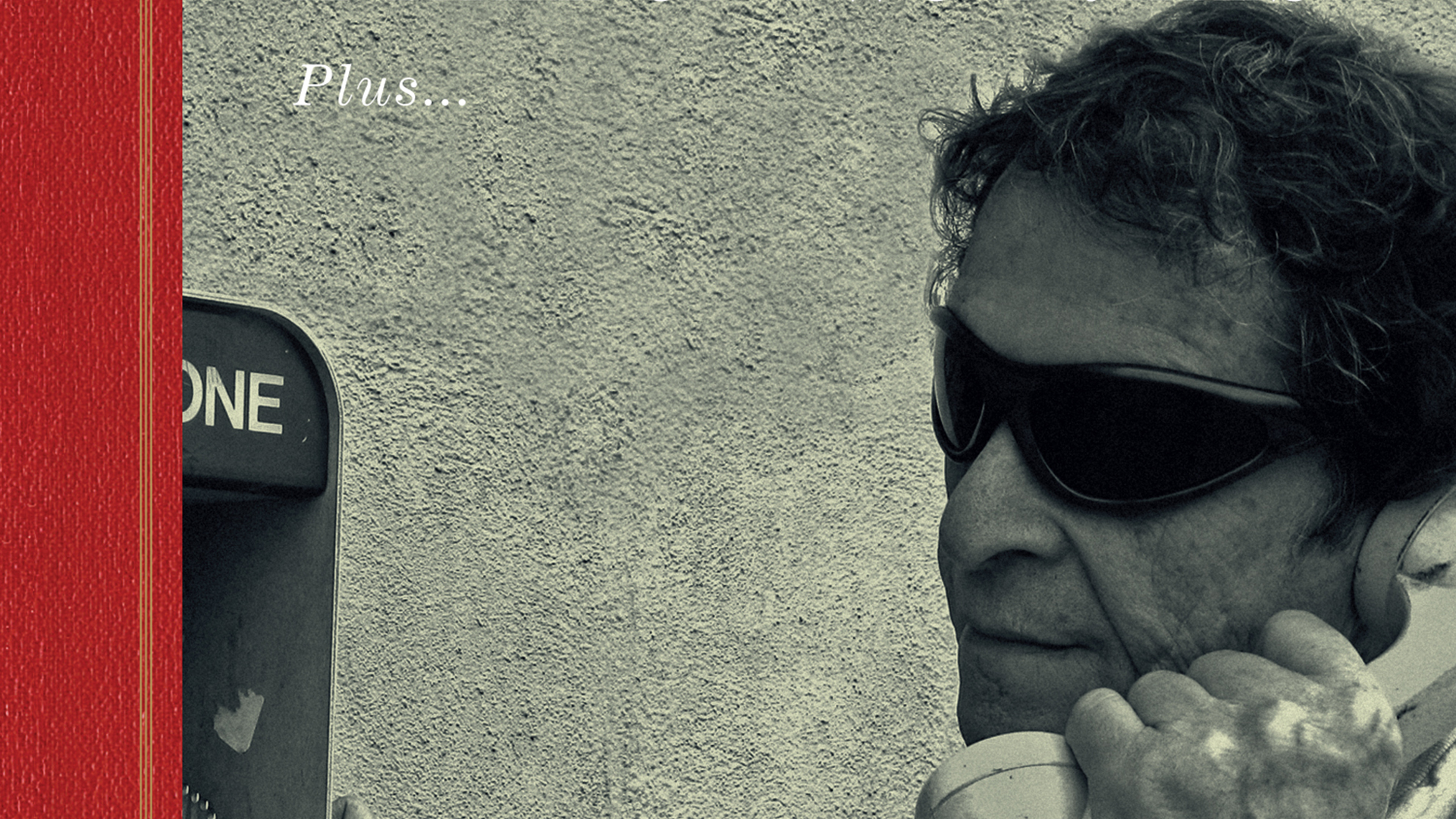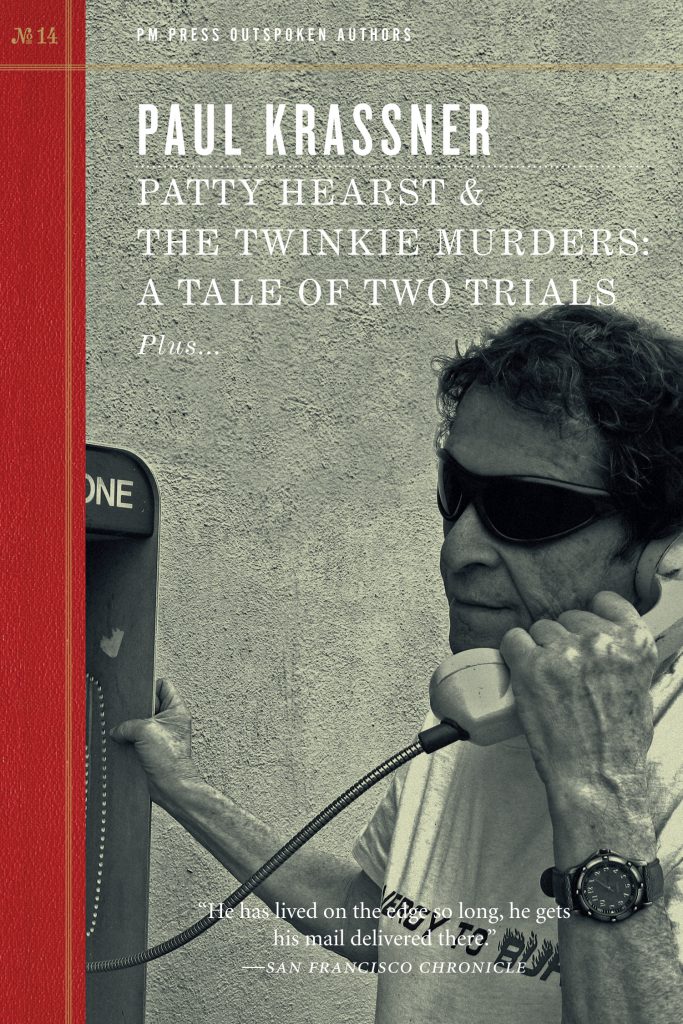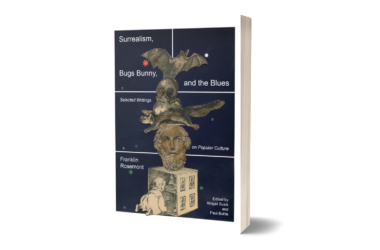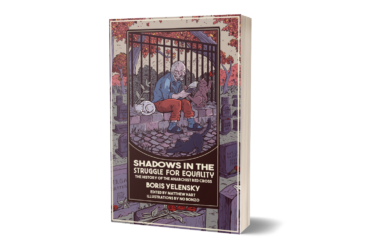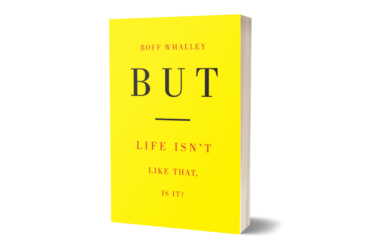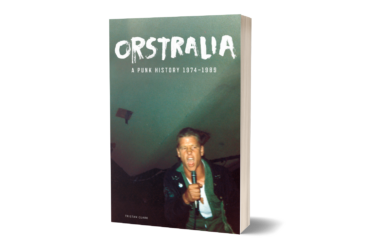By Mary Reinholz
Bedford & Bowery
November 17th, 2014
Paul Krassner sometimes
gets touted as a forerunner to comics like Jon Stewart and Stephen
Colbert, who blend fact and fiction into combustible political
cocktails. But the Daily Show can seem lame and tame compared to The Realist, launched in 1958 when Krassner was a Mad magazine contributor living in the East Village.
Printed on cheap paper, the no-holds-barred political journal ran
left-wing articles and in-your-face cartoons that would never have
seen the light of day in the timid mainstream press (1967′s “Disneyland Memorial Orgy” comes to mind).
The Realist‘s motto – “irreverence is our only sacred cow” — seemed to extend to Krassner’s gigs as a standup comic and as a co-founder of the Yippies, who ran a 45-pound pig named Pegasus for President in 1968. After it ceased publication in 2001, Krassner — who by then had long since relocated to California — remained a prolific writer, garnering awards that included a 2004 Upton Sinclair Award for Freedom of Expression from the ACLU.
In his latest book, a slender 112-page paperback collection of articles titled Patty Hearst and the Twinkie Murders: A Tale of Two Trials, 82-year-old Krassner takes the stance of a serious personal journalist for outlets like the Berkeley Barb, The Nation and Playboy. Krassner answered B+B’s questions below from the home in Desert Hot Springs that he shares with Nancy Cain, whom he married many years ago on April Fool’s Day.
When did you start publishing The Realist and why?
I was writing occasional scripts for Mad magazine, but the editor rejected a few ideas because the subjects were “too adult.” Since Mad’s circulation had gone over the million mark, publisher Bill Gaines intended to keep aiming the magazine at teenagers. I said, “I guess you don’t wanna change horses in midstream.” He responded, “Not when the horse has a rocket up its ass.” There was no satirical publication for grown-ups, so in 1958, I launched The Realist.
Why did it go out of business?
In 1974, I ran out of money. In 1985, I got a $5,000 grant and re-launched the magazine in newsletter format. I published the final issue in the spring of 2001. As far as I was concerned, The Realist had served its purpose.
You were born at the Brooklyn Hospital and grew up in Queens, becoming a violin prodigy at age six and even playing in Carnegie Hall. How did you morph intellectually from classical child violinist to outrageous satirist?
I started playing the violin when I was three, and I practiced myself right out of my childhood. I woke on the stage in Carnegie Hall, in the middle of the “Vivaldi Concerto in A Minor,” my left leg itched so hard that, without missing a note, I balanced on my left leg and scratched it with my right foot. And I was awakened by the sound of an audience laughing. It was a life-changing moment. I perceived reality through the prism of absurdity. I had a technique for playing the violin, but I had a passion for making people laugh.
You were influenced by Lenny Bruce and became a standup comic at the Village Gate. What was your mission as a comic and satirist? Were you just into iconoclastic material for the hell of it or did you/or do you have a larger purpose? Why, for example, would you claim in 1967 that LBJ had committed necrophilia on the corpse of JFK?
Satire became my vehicle for revealing hypocrisy. It was like pasta fazool – each macaroni had its own bean – and there was a truth embedded in the humor. In 1967, while Lyndon Johnson was escalating the Vietnam War, William Manchester’s book, The Death of a President, was published. It had been authorized by Jackie and Bobby Kennedy, and they had the power to have material deleted by the publisher. I tried in vain to obtain the missing sections, so I was forced to write ’em myself in Manchester’s style. It was a Realist hoax, serving as a literary seduction.
It began with actual truths, then it morphed into truths that media personnel knew about but were afraid to break the taboos, then further morphing into satirical reports with verisimilitude, ultimately leading to this incredible image: Jackie Kennedy, still in shock, wearing her bloodied clothes, on Air Force One. She describes to Manchester how she witnessed LBJ crouching over JFK’s corpse. “And then I realized – there is only one way to say this — he was literally fucking my husband in the throat. In the bullet wound in the front of his throat. He reached a climax and dismounted. I froze. The next thing I remember, he was being sworn in as the new president.” It was a metaphorical truth, underscored by Manchester’s quote from marginal notes in the Warren Commission Report: “Is this simply necrophilia, or was LBJ trying to change entry wound from grassy knoll into exit wound from Book Depository by enlarging it?”
Your latest book is a collection of updated articles on the Patty Hearst kidnapping, bank robbery and trial and also on the assassinations of San Francisco mayor George Moscone and gay supervisor Harvey Milk by a white homophobic cop. These are sensational cases, but how are they relevant today?
Well, I was in the courtroom every day, I coined “the Twinkie Defense,” I had underground sources, and mainstream reporters gave me stuff they couldn’t publish. Both trials had aspects that are still absurd, unjust and informational. The book (available at my website) is definitely relevant today. I’m getting positive feedback from young millenials and aging counterculturals alike.
Dan White, the ex-cop who killed Harvey Milk and George Moscone, got off on murder charges with the so-called Twinkie Defense and served five years of a seven year sentence for manslaughter. He committed suicide after he got out of prison. How do you regard him in retrospect?
He was an uptight homophobic narcissist who needed an empathy implant. As a supervisor on the City Council, he was a puppet of the downtown real-estate interests and the conservative Police Officers Association.
Your book notes that you are now using a walker, the result of injuries you sustained from being struck in the knee by a baton-wielding San Francisco cop during a police rampage to stop rioting by gays after White’s sentence. How else would you describe your health these days? And is it too late to sue the SF police?
At the post-verdict riot, the police ran amuck in an orgy of beating protesters indiscriminately and sadistically, screaming, “Get the fuck outa here, you fuckin’ faggots, you motherfuckin’ cocksuckers!” One cop struck me with a nightstick on the outside of my right knee, and I fell to the ground. He ran off to injure as many other cockroaches in his kitchen as he could. Another cop came charging and yelled at me, “Get up! Get up!” I said, “I’m trying to.” He made a threatening gesture with his nightstick, and when I tried to protect my head with my arm, he jabbed me viciously on the exposed right side. I got a ride to the hospital emergency ward, and X-rays indicated that I had a fractured rib and a punctured lung. I didn’t have $75 for an attorney’s filing fee, and by the time I could afford that, it was too late to sue the SFPD.
The last part of your book is about Michelle Shocked and her “Christian anti-gay rant” at Yoshi’s nightclub in San Francisco last year. Why were you drawn to her as a subject?
I thought she was misunderstood when her parody of hate-monger pastor Fred Phelps was taken as her own point of view.
What, if any, are your religious beliefs?
My parents were Jewish, but I got bar mitzvahed only to please them, though I considered all religions to be organized superstition. I became an atheist when I was an adolescent and the first atomic bomb was dropped on Hiroshima, but lessened my militant attitude when I realized that Martin Luther King was a Christian but I admired what he stood for, and George Lincoln Rockwell, head of the American Nazi Party, was an agnostic but I abhorred what he stood for. I no longer judge any individuals by what they believe, but rather, whether they were kind or cruel.
You’ve dropped acid with Timothy Leary, Ken Kesey and even Groucho Marx. Did you ever have a religious experience on LSD?
No, but my awe of nature was enhanced. Also, I was once tripping on acid at the Seaquarium in Miami, and a dolphin told me, “If God is evolution, then how do you know He’s finished?” A couple of years later, I told dolphin researcher John Lilly about that encounter. “No,” he said, ”how do you know you’re finished?”
You were a co-founder of the Youth International Party in 1968. Why do you feel several prominent members, people who were your friends, such as Abbie Hoffman and Mayer Vishner, committed suicide? Was it partly because they were aging and their revolution seemed over? How viable is the yippie message for new generations?
Abbie was clinically diagnosed as manic-depressive, and he felt like the parade had passed him by. Mayer was in unbearable pain, and he became extremely lonely. The spirit of the Youth International Party – known as the Yippies, described by folksinger Phil Ochs: “A demonstration should turn you on, not turn you off” — has continued with such proactivists as Occupy Wall Street, even if they never heard of their predecessors.
Who are some of your heroes these days and how have they inspired you?
Malala Yousafzai. Chelsea Manning, Julian Assange, Edward Snowden. Doctors and Nurses Without Borders. Glenn Greenwald, James Risen.Richard Engel, Rachel Maddow, Thom Hartman. The Innocence Project. Dennis Kucinich, Barney Frank, Elizabeth Warren, Bernie Sanders. What they all have in common – as do those innumerable, unknown, unheralded heroes — is a mixture of compassion and courage. They give me hope.
You’ve been an early supporter of legalized abortion. How would you describe your relationship with the women’s liberation movement? Robin Morgan, for one, criticized you and other left-wing men as sexist in her 1970 essay, “Goodbye to All That.”
In 1962, when abortion was illegal, I began an underground referral service for women to go to humane doctors instead of back-alley butchers. I was called before district attorneys in two cities, but refused to testify at their grand juries. In New York City, the D.A. said that he would grant me immunity because investigators found evidence in the doctors’ records showed the kickbacks given to me, but since I never got a penny, I knew he was bluffing.
Instead, on my behalf, an attorney sued New York state because the abortion law against abortion was unconstitutional, and therefore I didn’t have to testify. Women’s groups joined the lawsuit, and we won the case, which led to Roe vs. Wade. So I was quite friendly with the women’s liberation movement and was honored with the Feminist Party Media Workshop Award. Robin Morgan was a close friend until her essay took out of context things I had said and done. She was angry about my being a film critic in Cavalier, a men’s magazine she labeled sexist because it included nude photos of women.
Why did you take your young daughter Holly to Roman Polanski’s hearing for sodomizing an underage girl? And what’s your view of Polanski today?
When Holly was 13, I got assigned to cover Roman Polanski’s trial for raping a 13-year-old girl. Holly wanted to come to the trial with me and write an article from her point of view. However, Polanski fled from the country, and there was no trial after all. Inasmuch as the grown-up victim, now a happy mother, has forgiven him, “Who am I to say?” That’s a quote from the pope. Funny, I thought he was supposed to be infallible.
What do you regard as your greatest journalistic and/or satirical accomplishment?
That’s easy: “The Parts Left Out of the Kennedy Book.” I spent two months trying to find a printer. Police followed complaints and came to my office. I got death threats. Media people were outraged that I wouldn’t admit that it was a prank. It inspired performers like Lenny Bruce, George Carlin, Dick Gregory, Richard Pryor, Elayne Boosler, Louis Black, Richard Lewis. Readers still refer to it as their favorite piece. A great many believed it to be true, if only for a moment, in which they realized that LBJ, the leader of the western world, was insane. They were awakened, just like I woke up at Carnegie Hall when I was six years old.

